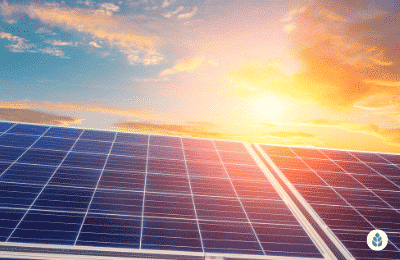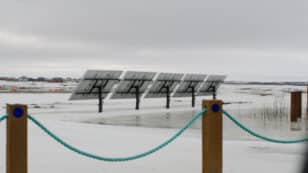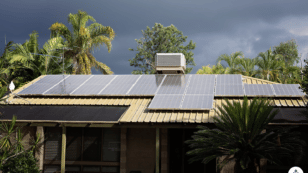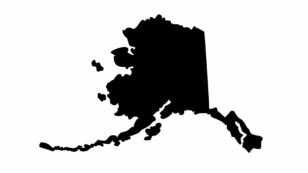 Reviews
Reviews
Alaska Solar Incentives (Rebates, Tax Credits & More in 2024)
Going solar can be expensive, but no matter where you live, you have access to incentive programs that can make it easier to afford. In this guide to saving money on your solar power system in Alaska, you’ll learn:
- What solar incentives are available to customers in Alaska?
- How much can the incentive programs in Alaska save you on your solar power system?
- What are the best perks for photovoltaic solar power systems in Alaska, and how do you file for them?
Each product and or company featured here has been independently selected by the writer. You can learn more about our review methodology here. If you make a purchase using the links included, we may earn commission.
Do Alaska Solar Incentives Make It Affordable for Homeowners to Go Solar?
Yes, incentives definitely make going solar more affordable in Alaska. While converting to solar is expensive no matter where you live, the perks available in the state can help bring down effective system costs.
Most Alaska residents pay about $18,780 to go solar, which is more than $10,000 below the national average. This is mainly due to the relatively low electricity demands in the state, as well as a cheaper price-per-watt installation cost.
Alaska also has ambitious clean energy goals. The state has an outstanding and progressive Renewable Portfolio Standard (RPS) goal to generate 80% of its electricity from clean energy sources by 2040.
However, the incentives have yet to catch up with the goal, so there are fewer perks than you’d find in most other states. Still, those that are available can save you thousands on your conversion costs.

Arctic Solar Ventures

Local Service
Average cost
Pros
- Outstanding customer service
- Great warranty coverage
- Includes battery installations
Cons
- Limited brands of solar equipment available
- Slightly limited service offerings
- No leases or PPAs

Alaska Solar
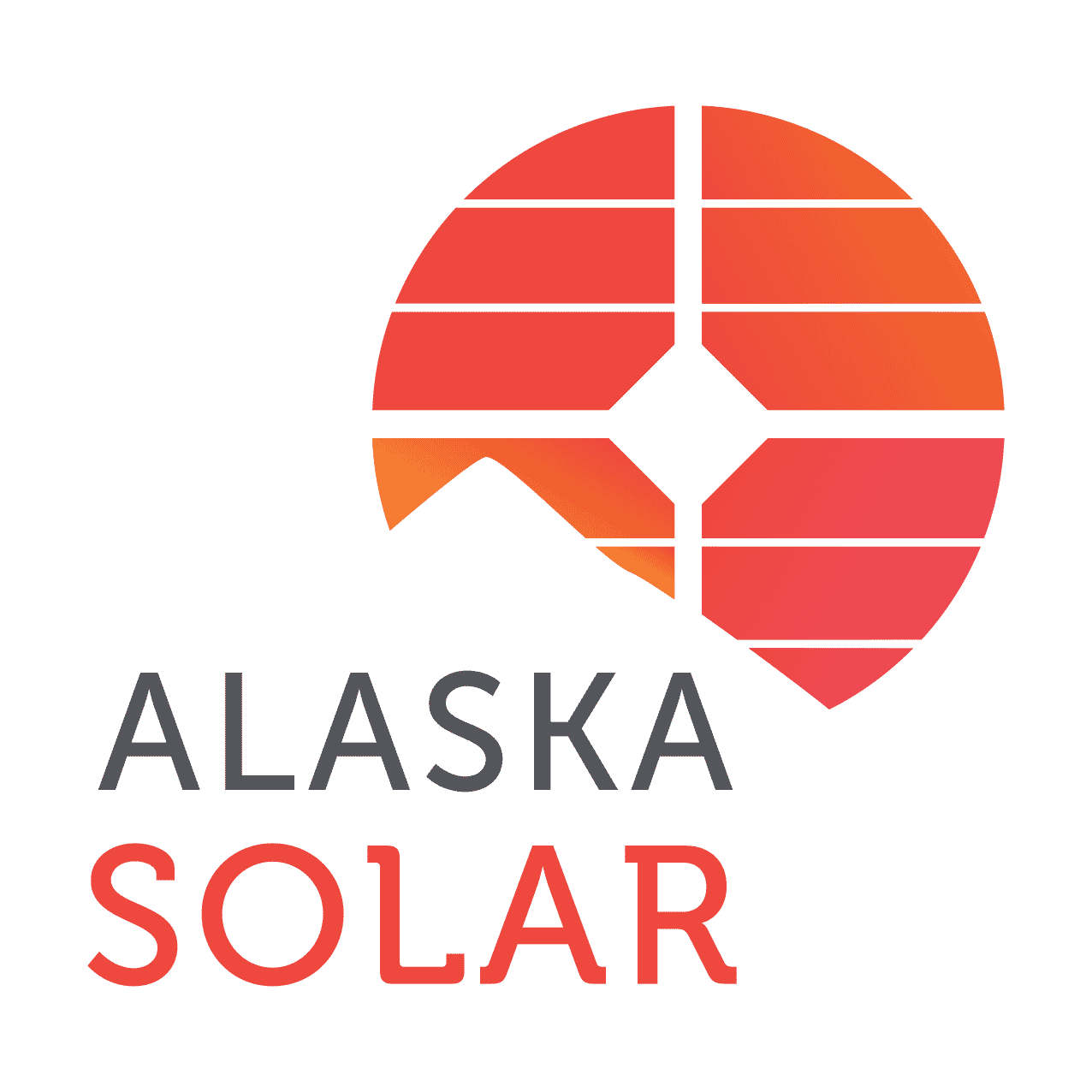
Local Service
Average cost
Pros
- Excellent reputation
- Outstanding customer service
- Includes battery installations
Cons
- Slightly limited service offerings
- Limited warranty coverage
- No leases or PPAs

Renewable Energy Systems of Alaska

Local Service
Average cost
Pros
- Expansive service area
- Great warranty coverage
- Offers products from leading manufacturers
Cons
- No leases or PPAs
- Less personalization than competitors offer
In the table below, we’ll take a look at all of the incentives for PV (solar photovoltaic) systems in the Last Frontier. We’ll also include an estimated total savings each can provide you.
| Solar Incentives in Alaska | Incentive Type | Description | Occurrence | Estimated Dollar Amount You Can Receive |
| Federal Solar Investment Tax Credit (ITC) | Federal | Credits your income tax burden with 30% of your system costs. Unused credits can roll over for up to five tax years in total. | One-time: Your credit amount is calculated and applied once when you file your taxes, but you can carry credits over for four additional years. | $5,634, on average |
| Local Property Tax Exemption for Renewable Energy Systems | State | This perk excludes the value of your system from your property-assessed value to prevent your taxes from increasing. | Ongoing: You’ll see savings on your tax bill every year after installation that your system continues to hold value. | $4,394, on average |
| Net Metering | Local | Credits your energy bills for every kilowatt-hour (kWh) you overproduce and send to the grid. | Always in Effect: As long as your system continues to generate electricity, you’ll be eligible to accrue net energy metering credits. | Varies based on system size and monthly energy consumption. This can help push you toward the total energy savings in the state of around $41,943 |
| Local Incentives | Local | Perks made available by local utility companies and municipalities to incentivize solar adoption and energy efficiency improvements. | Varies based on the perk | Varies based on the perk, the size of your system and the cost of your panels |
What Do Alaskans Need to Know About the Federal Solar Tax Credit?
The federal solar tax credit allows you to write off a substantial portion of the cost of installing a solar power system on your federal taxes. This credit is available to all U.S. solar customers, and has been since 2005. Currently, you can write off up to 30% of your costs, saving you potentially thousands of dollars when you go solar.
Originally, the credit was set at 30% of the system value for installations done from 2005 through 2021. Installations in 2022 and 2024 would be credited at 26% and 22%, respectively, and the program was set to expire in 2024.
In late 2022, Congress passed the Inflation Reduction Act (IRA), which extended the credit program by a decade. The IRA also increased the credit rate to 30% for installations done between 2022 and 2032, which retroactively included installations in 2022 that were done before the bill was passed. The new rate schedule is below:
- Installations done between 2022 and 2032, inclusively, will get credited at 30%
- Installations done in 2033 will receive a credit of 26%
- Installations done in 2034 will receive a credit of 22%
- Installation done in or after 2035 will receive no credit
Since the average system price in the area hovers around $18,780 for the typical 6 kW system, most residents see a credit value of $5,634.
How to Claim the Federal ITC in Alaska
Thankfully, claiming the federal credit is a simple and straightforward process that shouldn’t take more than a few minutes. The steps below can help you take advantage of this statewide perk.
- Step 1: Complete the solar installation process.
- Step 2: When you’re ready to file your taxes for the year in which your PV panels were installed, print out IRS form 5695.
- Step 3: Complete the form. You will need contact information for your installer, and you may need to have forms you received from the company handy to provide information about the capacity and cost of your system.
- Step 4: File the form with your taxes.
If you use a tax prep software like TurboTax, the program should ask you about any solar power projects you’ve completed. In this case, you can simply follow the software’s instructions – and you won’t need to print out the IRS form separately.
EcoWatch’s Opinion on the Federal ITC in Alaska
The federal credit is one of the best perks in the solar industry. Not only does it provide huge potential savings, but it’s quick and simple to apply for, and it’s available to all taxpayers who adopt solar energy.
The federal credit is especially helpful in areas like Alaska, where there aren’t many other incentives available to help reduce the cost of converting to solar.
The downside to the credit is that it’s not a rebate program, so the savings aren’t guaranteed or immediate. You will only be able to realize the benefits provided by the perk if you owe money on your income taxes. However, you don’t need to claim the entire credit in one year. You can claim partial credit for up to five years, so if you have an average-size system, you’ll typically only need to owe at least $1,126 per year for five years to be eligible for the entire credit.
What You Need to Know About Alaska’s Local Exemption for Property Tax for Solar Systems
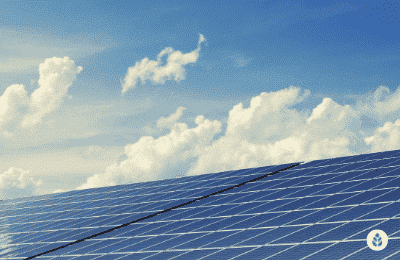
It’s difficult to estimate exactly what you’ll save with this perk, as the savings depend on a bunch of things. Since the state property tax rate is 1.17% and the typical solar system is valued at around $18,780, the annual savings will be approximately $219.2
Not accounting for depreciation, that’s an average lifetime of $4,394. Savings will tend to be higher overall in more expensive areas, like Anchorage and Fairbanks.
How to Claim the Property Tax Exemption in Alaska
This perk is a favorite of ours because it doesn’t require any effort on your part. There is no application necessary because your local tax assessor bases your home’s assessed value on permits. Although you’ll need permits for your solar energy system, they automatically are left out of your assessment.
EcoWatch’s Opinion on the Exemption for Property Taxes in Alaska
We love to see states offer exemptions like this because they provide a decent value to solar customers and don’t require any time or energy on the homeowner’s part to apply. The savings are automatic and will continue to be realized for years after the solar panel installation is completed.
Net Metering in Alaska
Net energy metering — or NEM for short — is a highly beneficial solar perk that can save you money on future energy bills. Here’s how it works: When your new solar panels are connected to the grid, you can send excess energy you generate for use elsewhere. You get credited for all this energy you generate, and can use those credits to offset your costs when you need to pull in energy from the grid.
This incentive is crucial for Alaskans, especially because the cost of electricity is nearly 1.5x the national average.3 That means the credits accrued in the state are worth nearly double what they would be in other areas of the country. The credits are required to be set at the “non-firm power” rate, according to the Regulatory Commission of Alaska (RCA). This is below the retail value per kWh, so it’s not ideal, but it’s still massively beneficial.
How to Enroll in the Statewide Net Metering Program in Alaska
If you have to enroll in NEM yourself, you’ll need to fill out an application for the program provided by your utility company. However, most residents won’t have to do this and can instead follow the below steps to enroll.
- Step 1: Contact your electric company to make sure you have the proper meter installed for net energy metering. If you don’t have a bidirectional meter installed, one should be provided to you at no cost.
- Step 2: Find a solar installer that meets your budget and needs. Ask a representative from the company if they will handle the NEM application for you. Most of the reputable solar installers in Alaska will.
- Step 3: Have your PV system installed and commissioned.
- Step 4: Check to make sure you’re accruing credits as expected. Your electric bills should have a section where you can verify this.
EcoWatch’s Opinion on Net Metering in Alaska
Net energy metering is an outstanding perk, and, in our opinion, it’s the best solar incentive in Alaska. NEM provides such immense value in areas where electricity rates are high, and there are few other places in the country with higher energy costs. This perk also helps maintain low electric bills through the long, dark winters, leading to higher overall savings.
Additionally, applying for NEM is more or less automatic for most solar customers in the area, as installers usually handle the application for you.
Just keep in mind that this perk isn’t available if you have an off-grid system and cannot export energy to your power company.
Watch Below: See What An Off Grid Solar Installation Looks Like in Snowy Alaska
Local Solar Incentives in Alaska
There aren’t many other statewide perks, but some electric companies do offer rebates and other benefit programs to make converting to solar more worthwhile for Alaskans. We’ll list these incentives below.
- Golden Valley Electric Association’s (GVEA) Sustainable Natural Alternative Power (SNAP) Program: GVEA customers can take advantage of this perk, which provides a fixed credit of $1.50 per kWh generated by their solar panel systems.4 All residential systems up to 25 kW are eligible, which includes virtually all home solar arrays in the state.
- Alaska Power and Telephone (AP&T) AMP-UP Program: Customers of this utility provider can get up to a $1,000 rebate for purchasing an electric vehicle (EV).5
- Chugach Electric EV Charger Incentive: Chugach Electric customers who install a level-2 EV charger in their homes can get a rebate of $200.6
You can always check the Database of State Incentives for Renewables & Efficiency for additional perks available to you.
Which Tax Incentives Are The Best In Alaska?
So far, we’ve mentioned all of the perks available for solar adoption and energy efficiency upgrades in the area. Below, we’ll discuss some of our favorites and include an explanation as to why we recommend taking these over all others.
Net Energy Metering
In most states, we find that the federal credit is the most beneficial perk overall, but that’s not the case for Alaskans. In our opinion, net energy metering offers more value overall.
First off, it requires no application process for most residents, as installers usually handle the process on their behalf. Second, NEM provides so much value in the area because energy is so wildly expensive. Every kWh (Kilowatt-hour) credit you earn through the program saves you nearly 1.5x as much as it would in other states.
The Federal Tax Credit
The other perk we strongly recommend is the federal credit. This incentive is available to all residents, and the average credit value sits at $5,634 in Alaska.
This single perk can bring your effective cost of solar equipment down from $18,780 to a much more accessible $13,146. Since there is no state tax credit, this perk is essential for saving money on your system.
Perhaps best of all, the application process for this incentive is quick and painless and shouldn’t take more than a few minutes of your time.
What’s The Near-Term Outlook For More Incentives In Alaska?
There’s nothing to suggest that solar perks in the area will improve or decline in the foreseeable future. However, they’re more likely to go up than down. The state has a healthy RPS goal that is likely to create incentives rather than diminish them, if anything.
However, NEM policies are changing for the worse across the country. If there is a change in the near future, we’d expect it to be the NEM credit rate dropping, or the policy going away altogether.
The cost information presented in this article is derived from a comprehensive analysis, incorporating data from multiple industry sources. The average cost per watt per state was calculated based on figures from Consumer Affairs, Energy Sage, and Berkeley Lab’s Electricity Markets & Policy Department. Additionally, monthly energy consumption and the average monthly cost of electricity were sourced from the U.S. Energy Information Administration, ensuring a well-rounded and accurate representation of the information presented.
FAQs: Alaska Solar Incentives and Rebates
We get a lot of questions about solar perks and savings from customers in your area, especially given the recent bump in solar availability and adoption in the area. We’ll answer some of the most common questions we see below.
There aren’t any plans in place to make solar incentives available more appealing in the next two years.
With that being said, the state’s RPS goal is to produce 80% of its energy from clean sources by 2040. This is quite ambitious, especially since, as of 2020, it generated just 3% from renewable energy sources.7 In order to reach this goal, the state may need to provide more incentives in the near future.
Most importantly, the IRA changed the rate schedule for the federal credit. It pushed back the credit’s expiration date from 2024 to 2035. It also increased the credit rate for 2022, 2023 and 2024 to 30%. Previously, the credit rates were 26%, 22% and 0%, respectively.
The IRA also bumped up tax incentives for some electric vehicles, particularly those that are sourced and manufactured in the U.S.
There aren’t any plans at the moment to make the solar perks in the state less beneficial in the next two years. Given the aggressive RPS goal, we don’t expect any decline in available perks either.
If something were to change for the worse, we would be surprised if it wasn’t the NEM policy. Right now, the net energy metering program is outstanding, providing the full retail rate for excess power and remaining available to all solar customers. These policies have declined and disappeared in many other states, so it’s the rockiest solar incentive available in Alaska at the moment.
Solar Renewable Energy Certificates, commonly referred to as SRECs, are certificates you earn for producing renewable energy and contributing to the state’s renewable profile. Energy companies can buy those credits to offset their fossil fuel consumption, providing you with a profit in return.
Unfortunately, there is no SREC market open in the area, so you cannot take advantage of this perk.
Unfortunately, no, there is no solar tax exemption for PV equipment in the state. That means you’ll have to pay sales tax on all panels, batteries, inverters and labor.
Comparing authorized solar partners
-
- Outstanding customer service
- Great warranty coverage
- Includes battery installations
- Limited brands of solar equipment available
- Slightly limited service offerings
- No leases or PPAs
A+Outstanding Local Installer
Having trouble deciding? Click below and use our process to receive multiple quotes instead:

 233k
233k  41k
41k  Subscribe
Subscribe 
